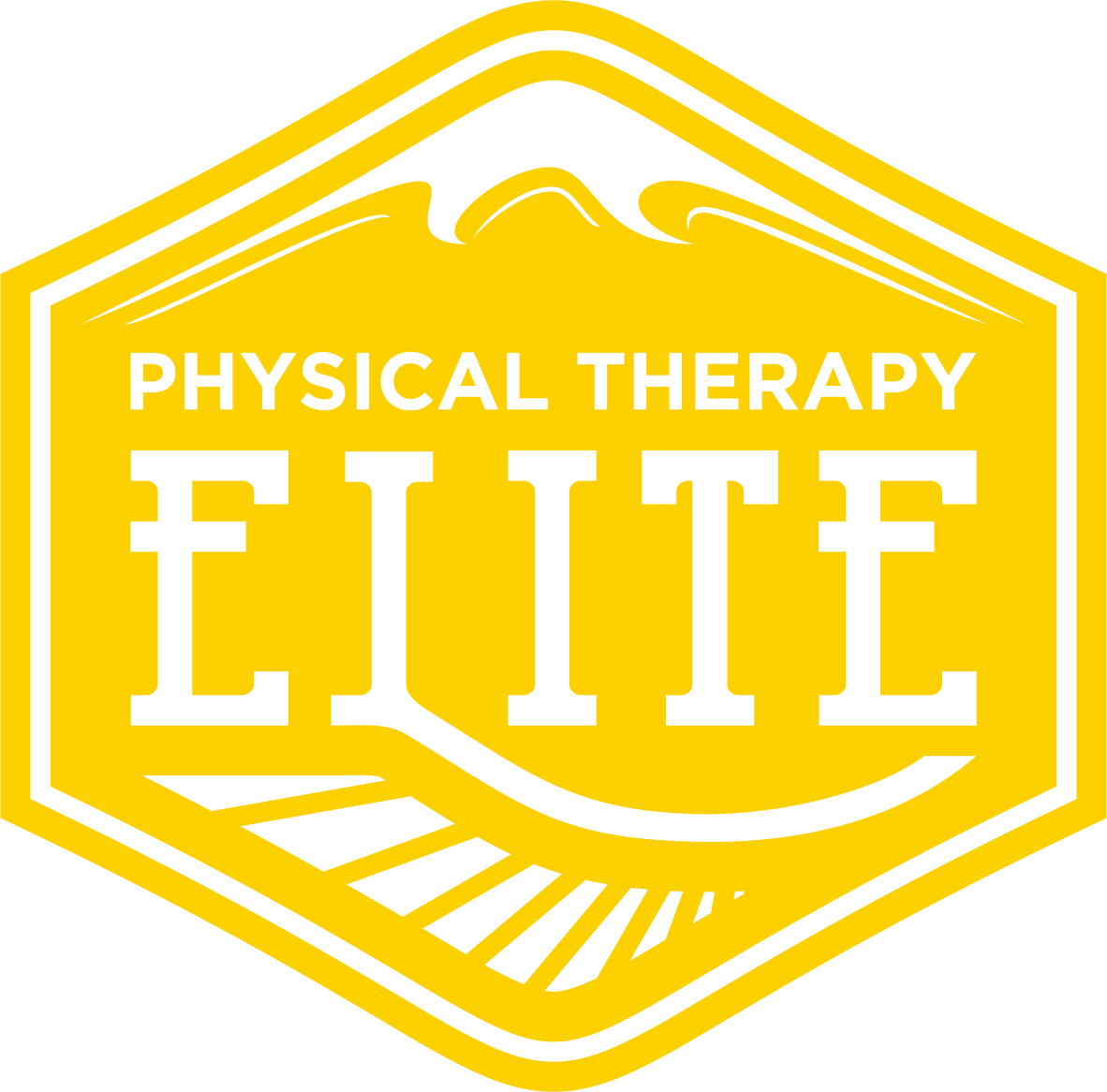This is a question we get asked often, and it doesn’t have a single, simple answer.
A disc consists of an inner nucleus, the nucleus pulposus, and an outer annulus fibrosus. As the names imply, the inner nucleus is soft and gelatinous while the outer annulus is dense and sturdy.
The disc is inherently an extremely strong structure as it must support the entire weight of our body against gravity. It is very unique in the sense that it must also allow for movement as the bony segments of the spine alone certainly do not!
Without the discs, our spine would be a single, solid, continuous rod - and there would be no capacity for movement.
The disks in each segment of the spine are different.
In the cervical spine, they are not as large nor as thick as in the lumbar spine.
However, it is much more common for discs in the neck and low back to “herniate” as compared to the thoracic spine.
This is largely due to the limited amount of movement in the thoracic spine because of the ribcage.
The disc is most fluid when we are young, up until we hit our late 20s. The majority of disc injuries occur during this time, and sometimes are not even felt.
Some would argue that the discs are more hydrated in the morning as gravity has not been pushing down on us and the discs are able to absorb more water and/or centralize.
As we age, the disc loses its hydration and becomes more and more fibrous which is where the term “degenerative disc disease” (DDD) originates.
As the disks lose their fluid composition, they also lose height. This is why older people are shorter than they once were! (This also has to do with muscle strength and poor posture).
So what happens when a disc herniates, or the more common term “bulges“? An excessive amount of force, typically a combined bend and twist, is applied to the disc which causes the inner nucleus to push out against the outer annulus.
If too much pressure is being applied, it must go somewhere!
It is then possible for the outer annulus to break but most often it gets only overstretched.
When it is overstretched there is potential for healing as with any wound.
With careful attention to postural alignment and stability via the surrounding muscles, we can help the annulus contract back to its original form.
If the annulus is fibrotic, due to age, it can tear and it’s healing potential is not as good. This is the typical, symptomatic “disc bulge “.
You will certainly come across different variations of this theory regarding disc herniations and their healing potential. There is absolutely individuality between patients as not all injury mechanisms are the same, health status and age are not the same, and therefore the potential for healing is not the same.

